In the last 5 years, the small coastal city of Tulum, Mexico has witnessed a period of rapid development, transforming into the Ibiza of Latin America - a bohemian destination for underground house and techno enthusiasts where you can party all night and then rejuvenate your mind and body with detox programs, yoga classes, and sound healing baths. Visitors can experience spectacular sunsets from beautiful boutique hotels and enjoy world-class cuisine, all while dancing to the sounds of underground techno, house, and live world music. We spent almost a month exploring the Yucatan Peninsula, and enjoyed many memorable moments partying with friends, shooting my new collection, and exploring the natural beauty of this tropical paradise.
THE BOHEMIAN CAPITAL OF UNDERGROUND HOUSE AND TECHNO
Tulum from December- January isn't just a vacation destination but a festival itself. Every day there are several different events: from chill day-time parties at beach hotels to night-time ragers at cenotes that keep you dancing well past sunrise, followed by afterparties at private villas. Given the non-stop rhythm, it's easy to forgo sleeping and party 24/7 until you crash hard and can't get out of bed. We had planned to take it easy and only attend the Mayan Warrior fundraiser and Day Zero Festival during our stay in Tulum. However after such a good experience at our first cenote party, we found ourselves unable to resist the magic of the Tulum party scene, and quickly fell into the trap of dancing more than we slept.

We attended several events during the first 2 weeks of our stay in Tulum, all of which had impressive production levels, good vibes, and great music.As a foremost destination for underground house and techno enthusiasts, Tulum attracts authentic music lovers who come to hear their favorite underground DJs and enjoy the coastal city's stunning turquoise waters and perfect weather. One of the things I loved about Tulum was that there was a sense of community united by their love of music- you were likely to run into the same people at different parties. I loved the intimacy of events such as Do Not Sit on The Furniture where it was evident that everyone who attended, was there because they already loved the music of DJs Be Svendsen, Kora, and Behrouz.




The most difficult part about enjoying Tulum’s music scene was often getting into a party- it usually involved a struggle. Although the production level of events was top notch, their operational logistics were not at the same level. Event staff at many parties we attended didn’t have phones with ticket scanning technology, and were forced to browse through a stack of papers looking for names. The time this took created a dense mass of impatient attendees who jostled each other trying to get to the front. Once you got past this negative bubble however, the music and vibe you encountered inside was always worth the wait.
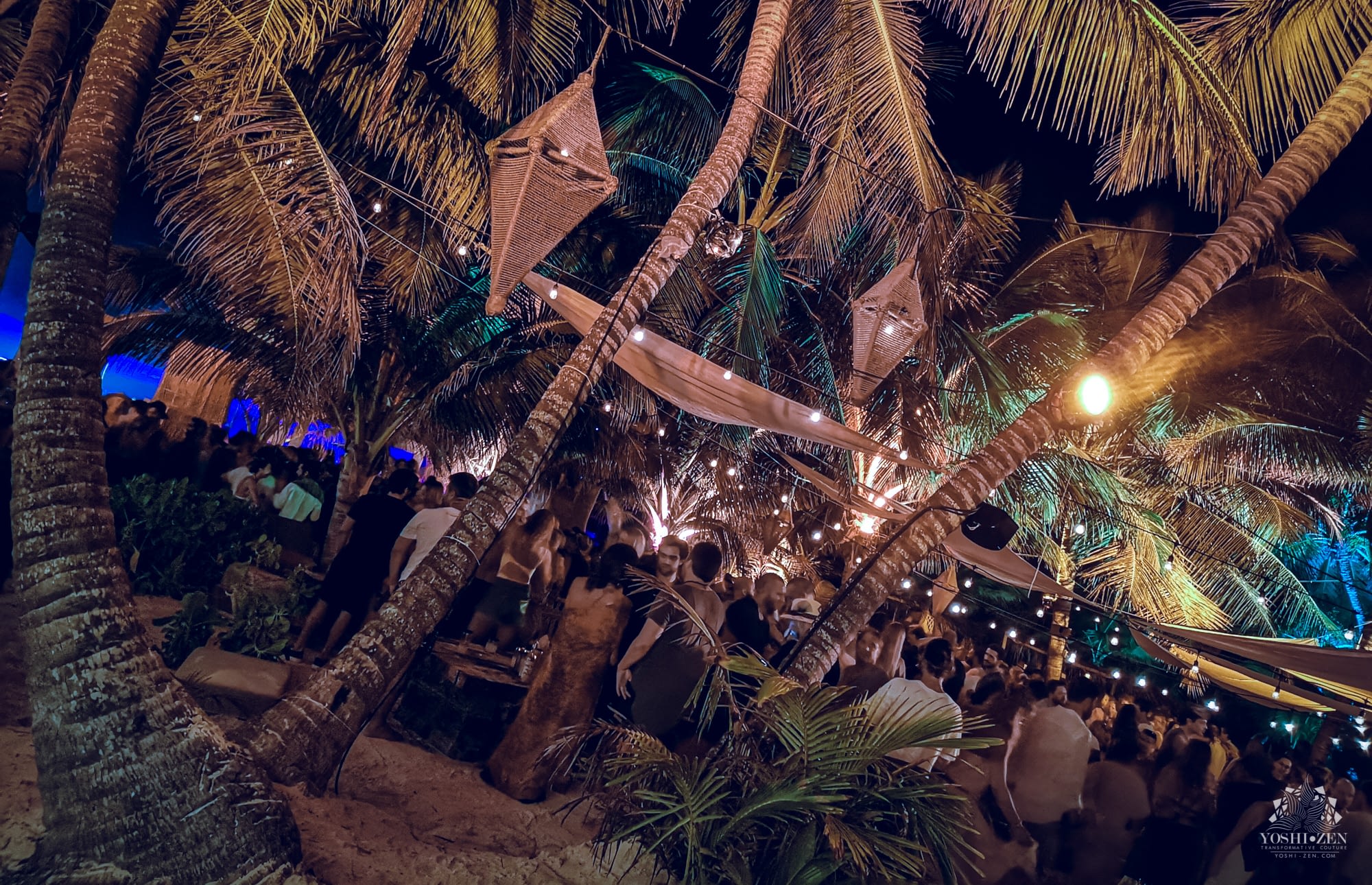
For me the day into night parties at beach hotels had something special that was unique: the magic of happy, beautiful people, sunset on the beach, and soulful electronic music. I had the same feeling that I did at Burning Man when you look around and are thrilled to see so many humans joyously living in the moment. Surprisingly despite the exclusivity of these parties whose ticket prices ranged from $80-$250, the amount of ass-holes was non-existent, and there was no dividing feeling of coolness or judgement from anyone.
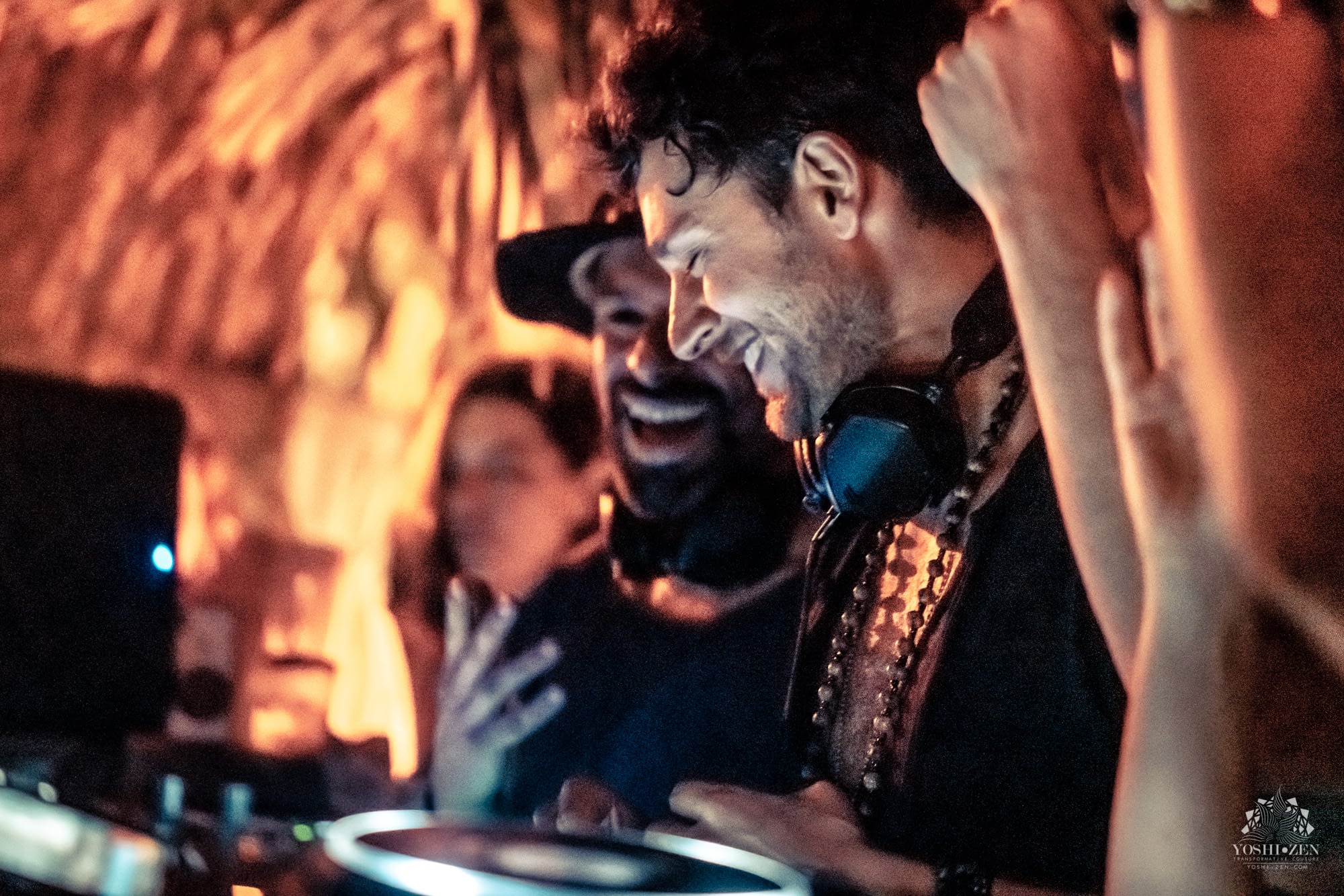
The beautiful curation of landscape design, art, and architecture of the boutique hotels that line Tulum’s main beach road have a unique style that features complex structures made from locally sourced wood and dried plants. Out of the hotels we visited, I was the most impressed with Nomade where we saw Tamer Malki & Rami Deejay of Bedouin play a killer set. The hotel’s designers mastered the challenge of creating a beachside jungle oasis filled with intimate corners that called for exploration. As you walked around the property, there was always something beautiful that beckoned- from a Moroccan style restaurant with dangling wooden lights to a Bedouin tent where you could enjoy live music while lying on colorful Oriental carpets.
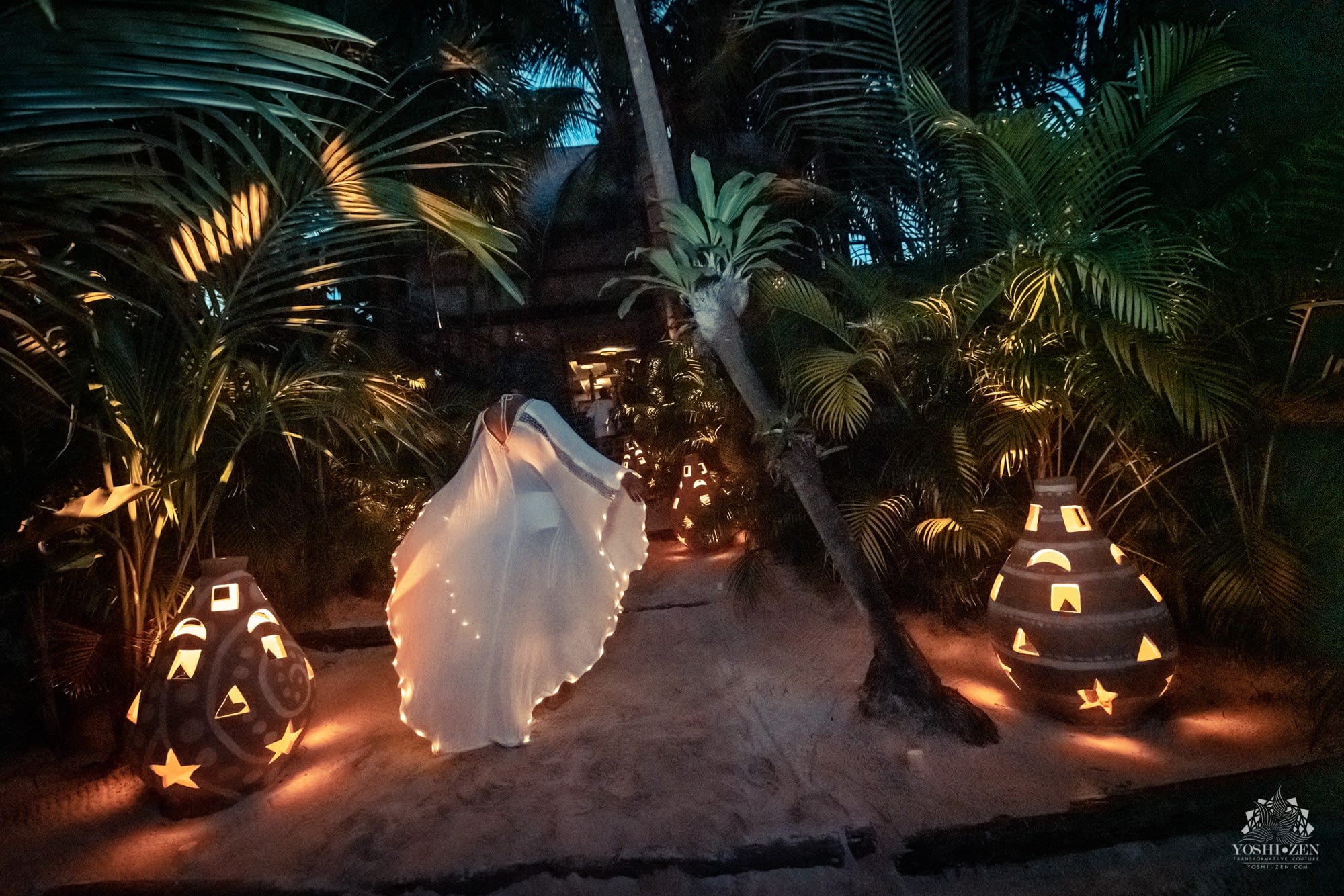
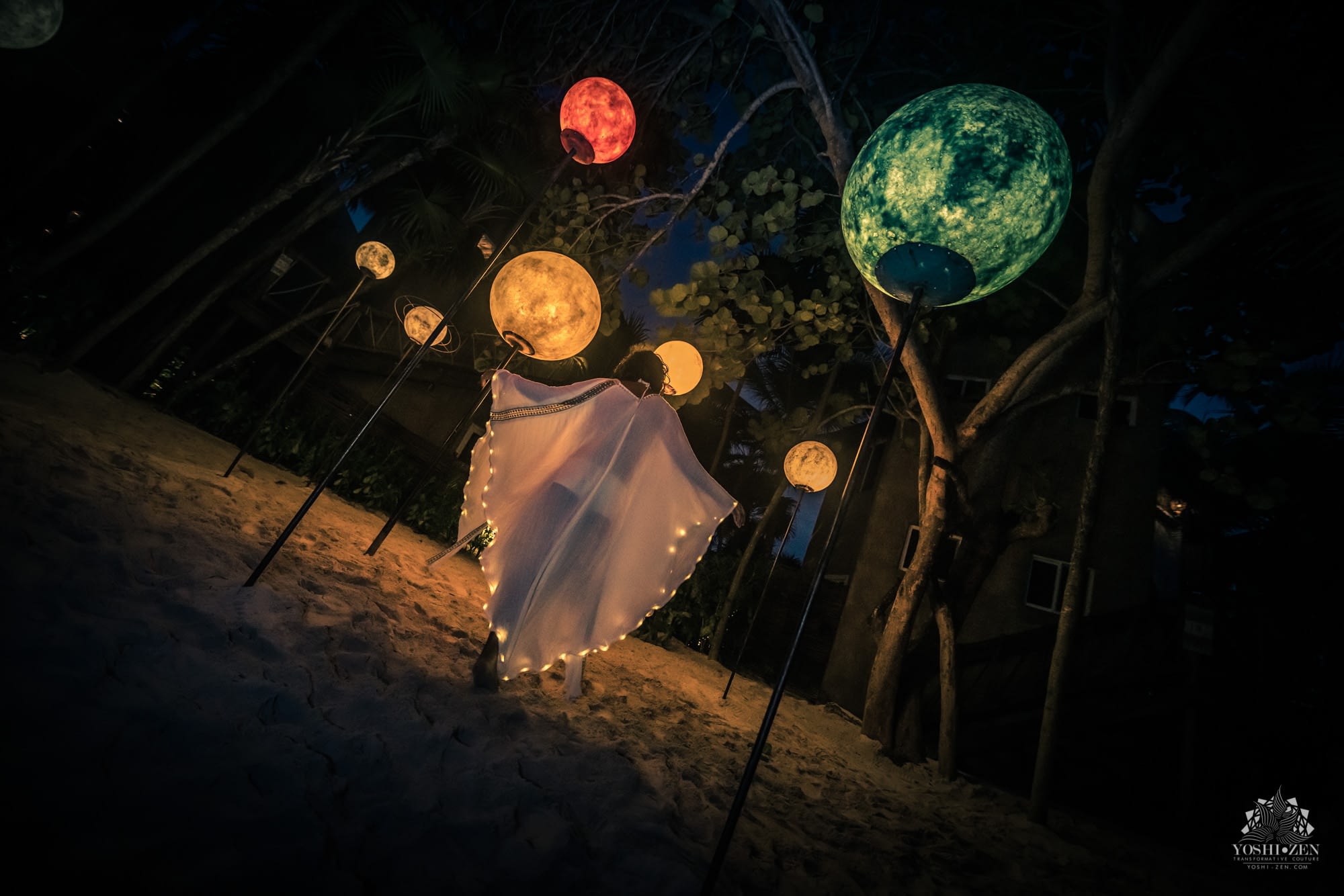
Two of the biggest events of the Tulum party season that drew Burners from all over the world were the Mayan Warrior fundraiser and Day Zero Festival. Mayan Warrior is a Burning Man sound camp, known on playa for their iconic art car with state-of-the-art lasers, colorful paintings, and LED art inspired by the Mayan and Huichol cultures. Some of my favorite experiences on playa have been dancing before the Mayan Warrior as the sun rose, illuminating the silhouettes of Burners hugging and dancing joyously to greet the new day. The camp has a mission to use love, art, and music to unite people and cultures, and over the last 2 years, has brought their art car off-playa to fundraiser events in New York, San Francisco, and Los Angeles. Their reputation for creating a high level production drew at least 3,000 Burners, creatives, and music-lovers to the Mayan Warrior Tulum party.
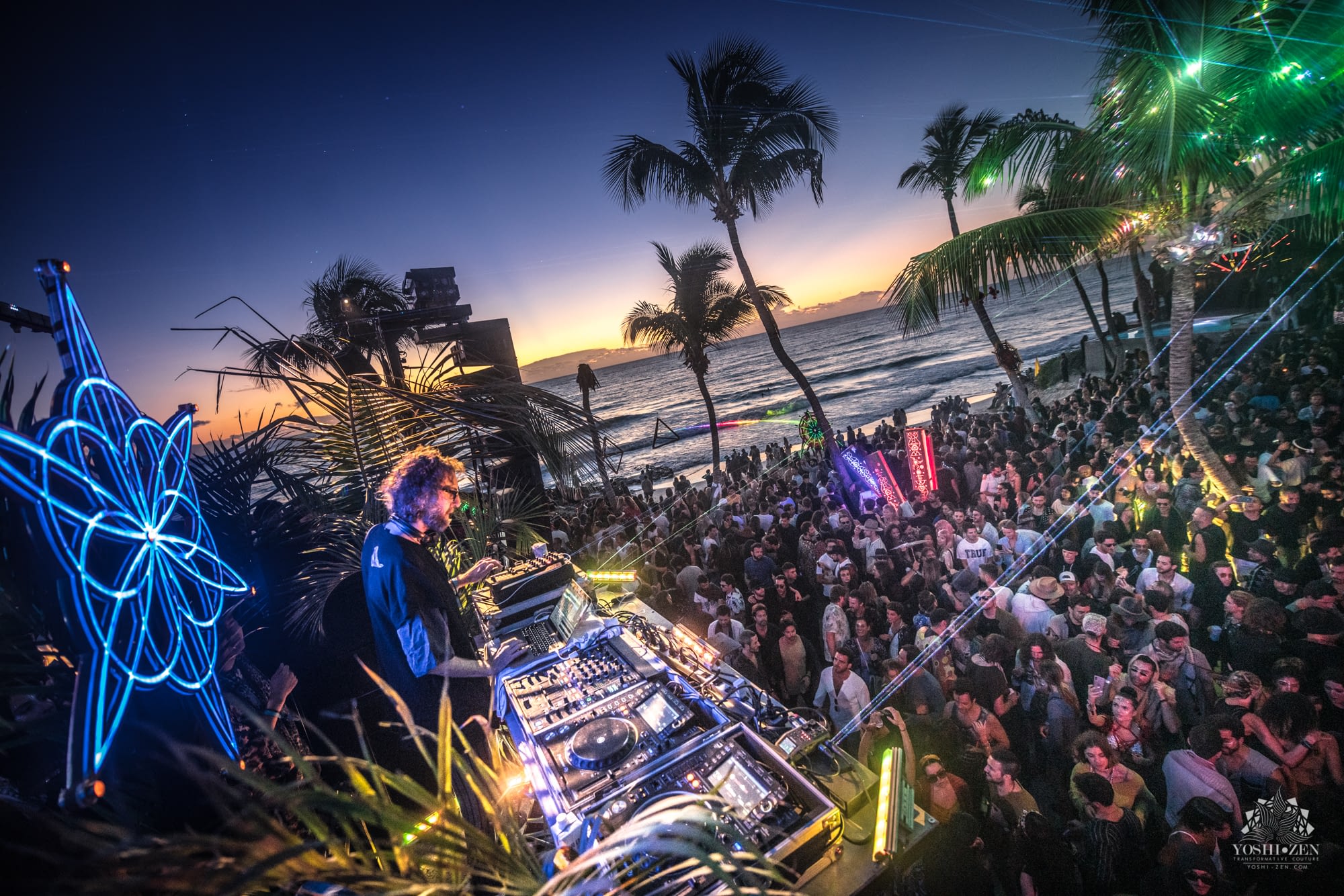
Seeing the art car in a beautiful tropical location was a surreal experience, and the party was one of the most epic I’ve ever been to. Lasers beaming from the art car created a trippy effect on the waves that crashed onto the shore of Habitas Tulum where the party was hosted. All night long till 9am, experimental electronic music by DJs Mira and Acid Pauli boomed from one of the best mobile sound systems in existence. Witnessing the happiness and spirit of the energetic crowd from atop the Mayan Warrior art car, I saw that Mayan Warrior had really succeeded in bringing their playa community to this sandy dance floor.
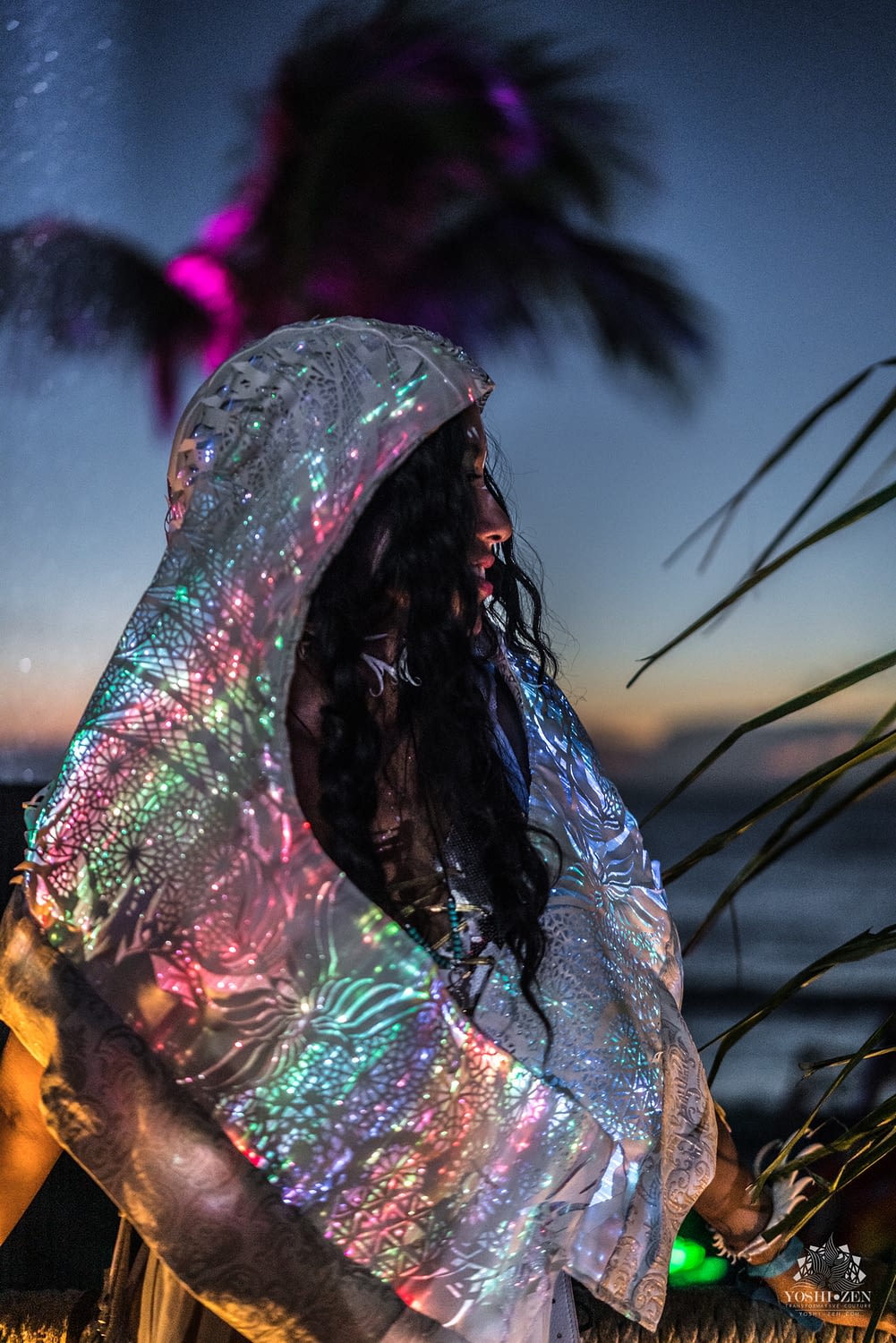
The final and biggest event of Tulum’s party season was Day Zero Festival, produced by Damian Lazarus. Held at the Dos Ojos Cenote, Day Zero's design emphasizes it’s beautiful tropical setting with natural art installations and psychedelic lasers that created a mystical atmosphere. Stunning indigenous performers performed ritual ceremonies before curious spectators in awe of their beautiful costumes and cultural practices.
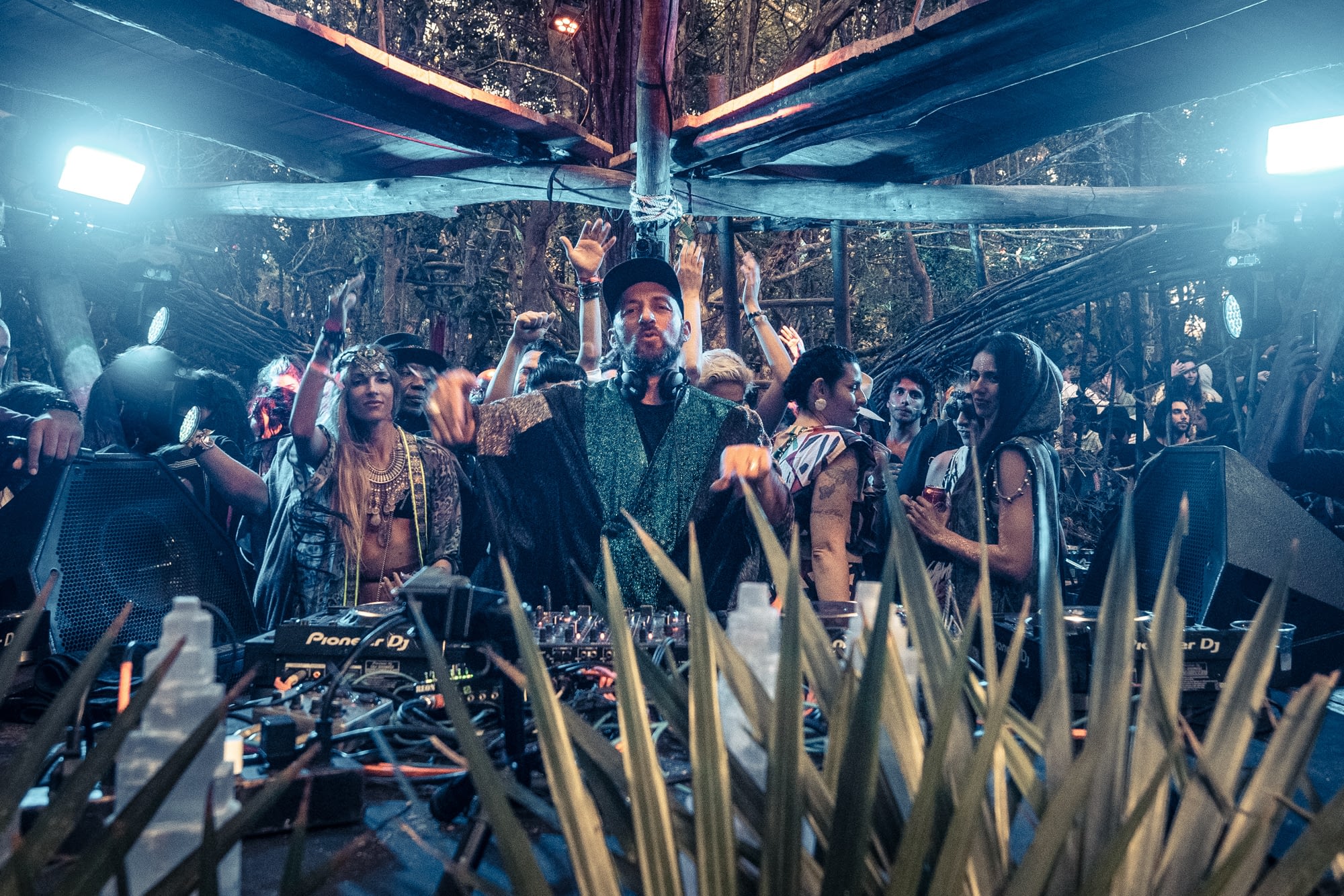
While the festival did have an amazing production value, their failure at organizing transportation created a logistical shitshow which left thousands of attendees waiting hours for shuttles to transport them to the festival site. It was so bad that after waiting 3 hours in a line smashed together like cattle, some people decided they would rather return to Tulum, and gave away or sold wristbands to people who had been waiting hoping to attend the sold-out festival. The return trip was equally problematic. Once security began to usher people off the festival site, party-goers rushed the shuttle line in complete disregard for those who had been waiting before. Exhausted after hours of dancing, those unable to find shuttles were forced to walk miles on the highway back to Tulum hoping to find taxis or hitchhike.



BALAM-HA
While it's easy to get lost in the bubble of Tulum's beach life and party scene, it should not be forgotten that Tulum represents only a portion of what the Yucatan peninsula has to offer. By far my favorite experience of our visit to Tulum was venturing 2km on a dirt road into the Akumal jungle where we found Cenote Balam-ha. This utopian jungle paradise decorated with unique art, is the result of 25 years of love and labor by Jorge and his partner Marie.





There is a sweat lodge used for temazcal ceremonies and several residences ranging from a 3 story villa to apartments on their property available for rental- all of them charming and beautifully decorated. My favorite was the palapa, a traditional Mexican structure with a straw roof. I loved waking up to the sound of rustling leaves and birds chirping and, opening my eyes to see green plants all around.Best of all were 2 private centoes free from the crowds that you had to deal with at most public cenotes. Each morning we stayed at Cenote Balam-ha, we began the day by meditating and doing yoga on a beautiful paved stone clearing, then swam in the refreshing cenote water. It was a lovely break from the crowds and party scene in Tulum.




We were lucky to discover this secluded jungle hideaway when looking for a location to shoot my 2019 collection which we named Balam-ha in honor of the beautiful location it was shot at. Most of my new designs were made with natural fabrics to match the bohemian spirit of Tulum- a challenge for me since I usually created designs with sequins.
- Models: Jonna Cambrand (@jonnacambrand)
- Mannu Espinosa:(@mannuyoga)

Other than Cenote Balam-ha didn't venture out to explore much more of the Yucatan peninsula except to take a day trip to see the Mayan ruins of Chichen Itza and the pink lakes of Las Coloradas. a 2.5 hour drive from Tulum, Chicen Itza is probably the most popular tourist destination in the region. When we arrived 30 minutes after it opened at 8am, the line was already at least 200 people long.
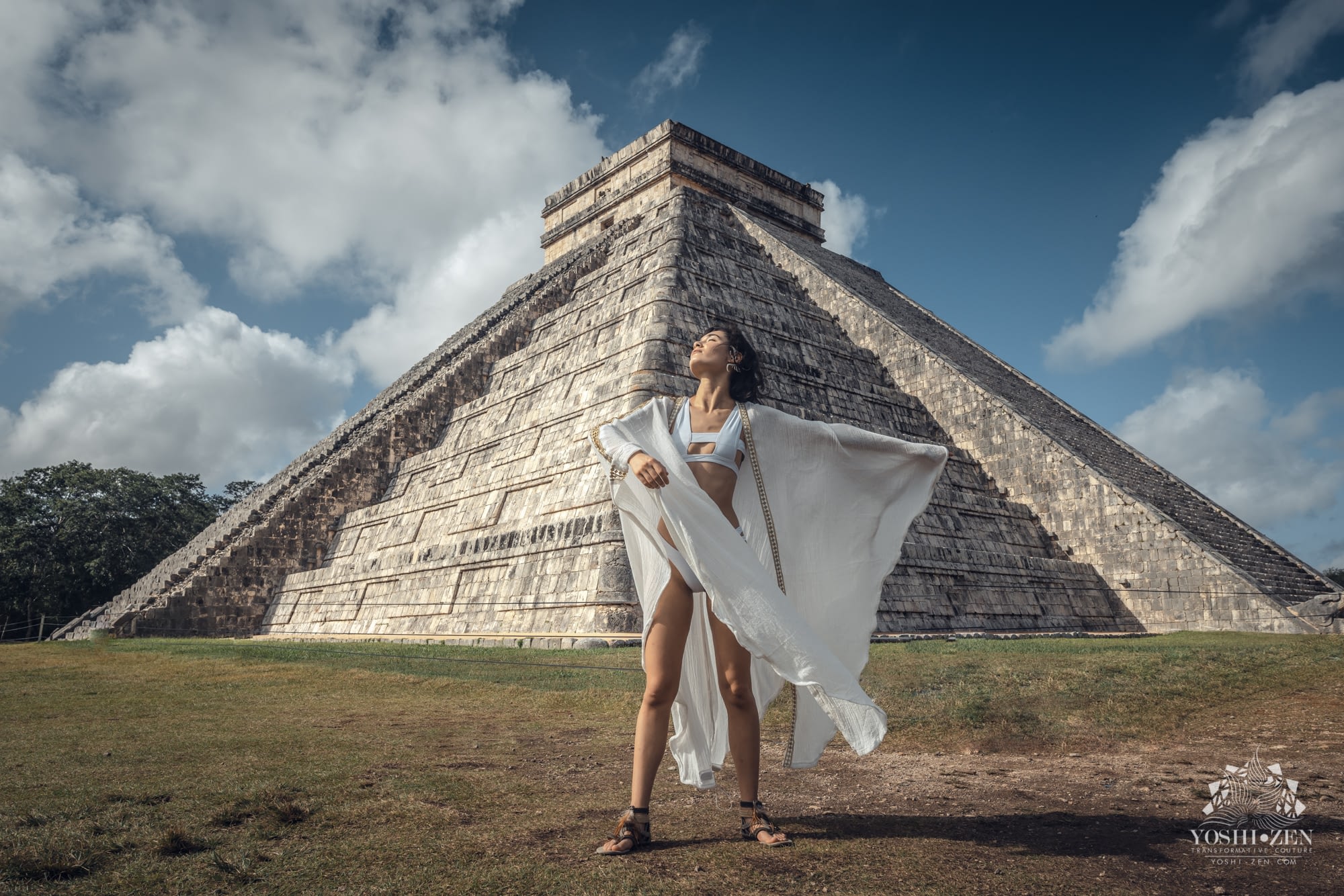
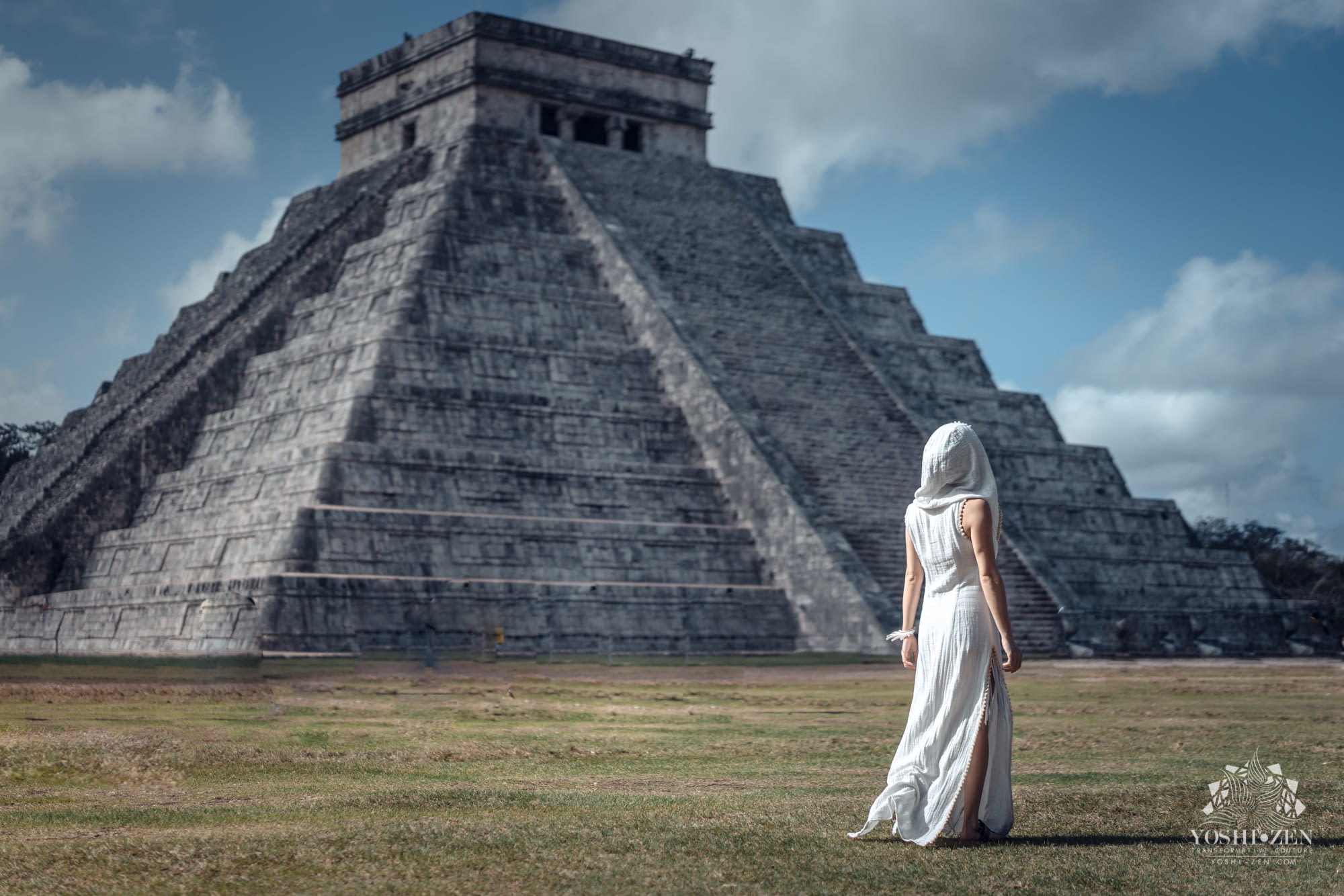
Although we were excited to see this national monument that dated from 600 AD, we experienced problems even before we entered the archaeological site. Perhaps because we didn’t look like normal tourists clad in shorts and flip-flops, security stopped our group and confiscated Gilles’ extra camera lenses and some of our clothing. We still managed to get some decent shots in, but were so disgruntled by having security follow us around that we had a meditation session before leaving to clear the negative energy away. Later on we were advised by a guard that it would have been better to visit one of the lesser known Mayan ruins in the area.

Leah leading meditation at Chichen Itza

A zen @swanvr
After visiting Chichen Itza, we drove 2 hours to another notable destination in the Yucatan peninsula. Las Coloradas, which means “the red” in Spanish, is a tiny fishing village home to 1,000 villagers on the edge of the Gulf of Mexico. The area is famous for it's unique pink pools of water, dotted with piles of salt that were harvested by bordering salt mines. The vibrant cotton candy color of these lakes comes from red algae, plankton, and shrimp that thrive in the salty environment. We had to create some intergalactic content with the pink lakes as a backdrop, however we encountered the same problem that we did at Chichen Itza: security wouldn't allow us onto the property with professional photography equipment.




When explained by the young security guard who accompanied us on the tour, the reason for this caution made a lot of sense. As a small village whose industry and environment were dependent on the salty waters of Las Coloradas, the strict rules regarding photography was an attempt to protect the region from the problems that came with an increase in tourism. While tourism brings more economic prosperity, many Mexican regions are overwhelmed by the rapid increase of tourism and the environmental damage that ensues.

Model: Nico Joon wearing a sandwind hood and jacket
We saw this firsthand at the Tulum Beach Clean day organized by Anstascia D'Elene Corniere and Vivie-ann Bakos of the Canadian DJ duo Blond:ish. While shooting in the biosphere with our friend Nico, we came across their event and learned about their project Bye Bye Plastic to eliminate single use plastics in the electronic music scene. While the private beaches along Tulum’s boutique hotels were pristinely clean, the beaches further along down the shore where the event was held portrayed the true effect that tourism has had on the region. An infinite amount of plastic waste and styrofaum were entangled in rotting algae that dotted the beach.We tried to pick up as much plastic as we could to fill trash bags, however we barely made a dent.




As depicted in the 2018 documentary film The Dark Side of Tulum, the disturbing problem of plastic waste on Tulum’s beaches is only one of the many environmental problems that have resulted from rapid economic growth. The infrastructure of the city which was only designed to house 40,000 residents, now has to handle the trash and human waste of more than 2 million tourists each year.Individual property owners who build “eco-friendly” hotels and condos in Tulum are supposed to also build efficient waste management systems. Many fail to do so, allowing sewage to leak and damage the region’s fragile ecosystems. Tourist development has harmed the marine ecosystem so much that it may lead to the loss of the very beaches that attract visitors. Within the last year Tulum's beaches have been piled with rotting algae that make swimming difficult, and begin to smell unless hotel clean-up crews spend hours removing them each day.
One of the most shocking scenes in the online film by Rachel Appel, shows scuba divers swimming in human fecal waste that has leaked into cenote waters- the purest source of natural water in Mexico. Tulum’s cenotes are so beautiful and historically significant that they have been submitted to UNESCO to be included in the World Heritage list. They are now in danger of being irreversibly polluted by the tourism that brings wealth to the region.

Mayan Warrior
Who does this wealth benefit? During our stay, Gilles often spoke in Spanish with the local taxi drivers to learn what they thought about the changes that had come to their home. One taxi driver told us that the corrupt bureaucratic system made it easier and cheaper for foreign investors to pay for fake property titles which gave them “legal” ownership of beach land that was actually owned by locals who didn’t want to sell.
We also learned that driven out by the development of hotels and condos, the workers who staff hotels, restaurants, and parties, could no longer afford to live in Tulum. At the end of each day they waited for trucks to transport them to other towns where life was more affordable. The demand for lodging was in such high demand that property owners of houses in local areas would rather charge tourists inflated prices than rent to Mexican families at the normal rate. Driving around the outskirts of Tulum town, we were shocked to see it's poorest neighborhood, a trash-riddled plot of land where families lived in fragile huts with tin roofs. The difference between this shantytown and the hotels on Tulum's beach road was impossible to ignore.
IN CONCLUSION

Gracias Totales Boutique across from Casa Violeta
Attracted by the thousands of Instagram photos that portray Tulum's beautiful boho-chic hotels and turquoise waters, most visitors are unaware of the corruption, environmental disasters and social problems that threaten its future.My first international adventure as a permanent nomad came with many amazing experiences, but also some unpleasant lessons.
While Tulum easily captivates with its beauty and amazing social scene, it’s important to remember that it’s part of a country where tourists are targets for bribery and theft. Corrupt police officers make it a standard policy to stop tourists, accuse them of doing something wrong, and ask for bribes. During December and January, they make a fortune extorting visitors driving cars to and from cenote parties. We experienced this firsthand when we were stopped by 2 police officers on the way to Do Not Sit On The Furniture. They accused our driver who was completely sober of driving while intoxicated, then asked for a $100 bribe so we wouldn’t be taken into custody. When we left Mexico, we also learned that we had been victims of credit card fraud. Several other people we knew had their card’s duplicated in ATM machines where hidden readers copied card data, while another friend had his laptop stolen from his seaview hotel room.
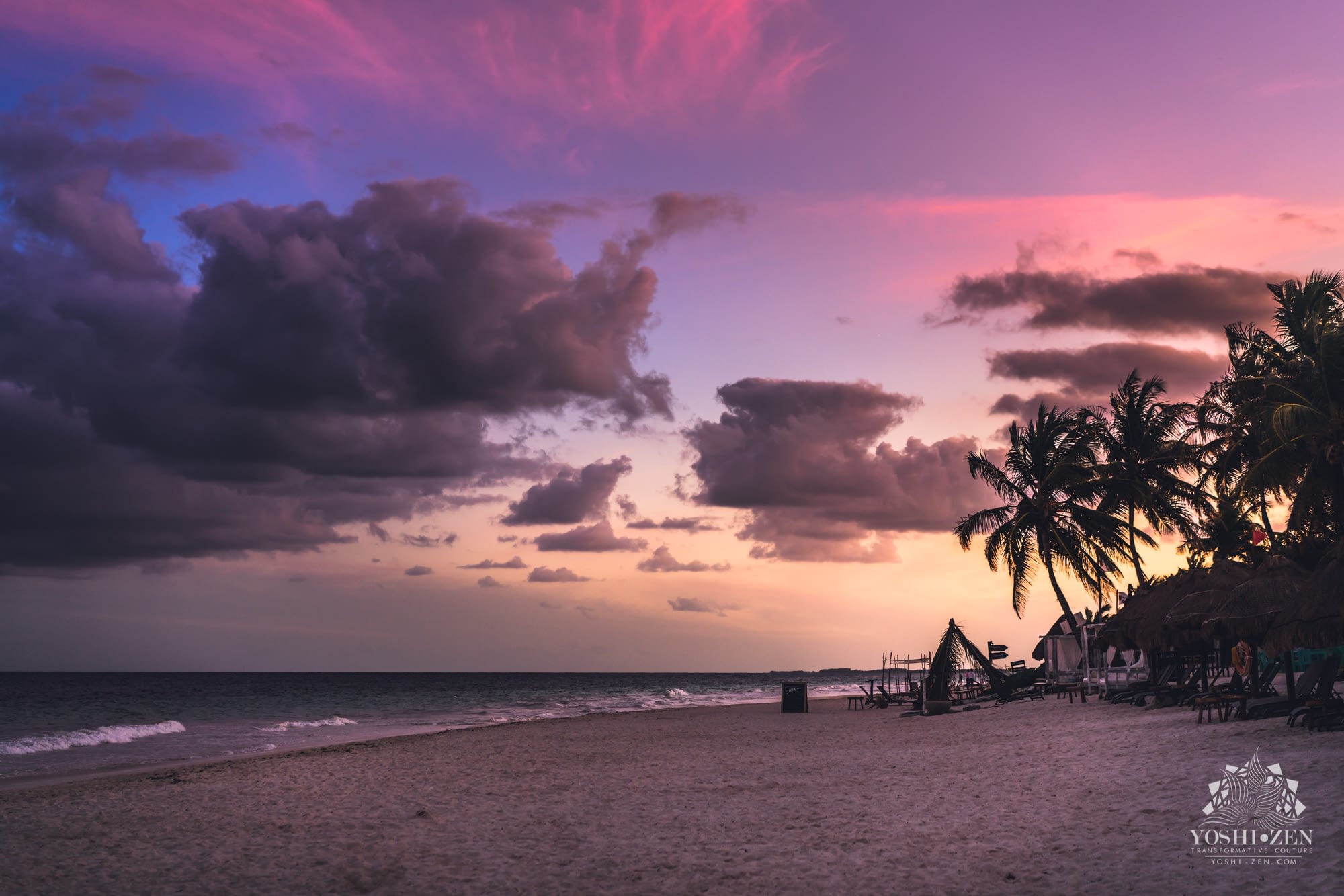
For music lovers and enthusiasts of the transformational festival scene, Tulum seems like an extension of alternative festival culture, albeit a more commercialized version in a beautiful exotic location.Our experiences in Tulum were an important lesson that as travelers, we shouldn't take the glamorous destinations presented to us at face value. It's always important to delve beneath the surface and learn what really occurs in the communities we visit merely as tourists. With that knowledge, we can make informed decisions about what we do, and learn what impact we have on the local people and environment.
RECOMMENDATIONS:
- Budget friendly/ relaxing environment: Cenote Balam-ha in Akumal, 20 min from Tulum.
- Beach Hotel: Nomade Tulum
- Sian Ka'an Biosphere
- Tulum Ruins
- Las Coloradas (Pink Lakes)
-
Rent a car if you plan to be in Tulum for a week or longer. Car rentals in Mexico can be tricky if you go with a company that doesn't include insurance in the daily rate. They will either require a deposit of $2,000+ or force you to take an expensive insurance option. We rented from America Car Rental for 500 pesos a day with insurance included.
-
Exchange your money into pesos before you get to Tulum for a better exchange rate. ATM fraud targeting tourists is common so try to avoid using sketchy ATMs where your card can be duplicated. Always have a backup plan in case this happens.
get the latest from YoshiZen
Sign up for our newsletter an stay up to date with our latest designs and travel adventures.


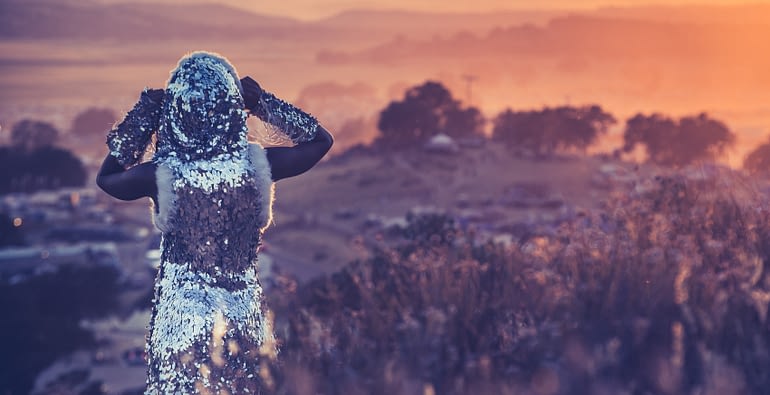

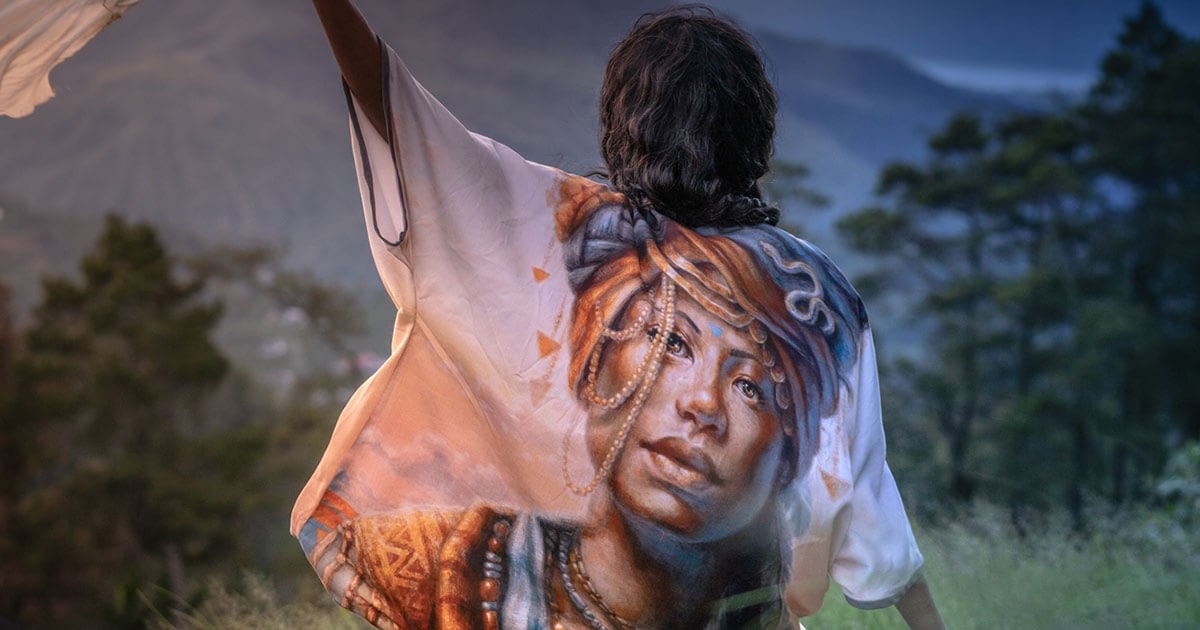
I really like your blog.. very nice colors & theme.
Did you create this website yourself or did you hire someone to do it for you?
Plz respond as I’m looking to create my own blog
and would like to find out where u got this from. appreciate it
I created it myself via WordPress
Very rapidly this website will be famous among all
blog viewers, due to it’s nice content
Hi there! This post could not be written any better!
Reading through this post reminds me of my good old room mate!
He always kept talking about this. I will forward this page to him.
Fairly certain he will have a good read. Thank you for sharing!
whoah this blog is excellent i like studying your articles.
Stay up the good work! You already know, many individuals are
searching around for this info, you can aid them greatly.
Hi there, I desire to subscribe for this weblog to take newest updates, therefore where can i do it please assist.
hey!.. Many thanks for taking the time to write this. I’m planning to go Tulum next year and attempt to Day Zero, Solomun+1, BLACK COFFEE and Afterlife. I’m trying to estimate how much it will cost but I can’t find any information about the ticket price, actually you’re quote “prices ranged from $80-$250” brings me here from google. Can you help me with a little estimation about this ticket price, considering you went to Day Zero and others party over there.
About the entry to Day Zero and its troubles, is really necessary to take this shuttles to transport us inside the festival o can we use our own vehicle?
Once again, thanks for sharing your experience and for make us aware about the ecologic problems in the region, we hope to make no plastic trace in this journey.. !
Hi Sergio, You’re welcome 🙂 So if you buy early bird tickets for Day Zero they’re between $75 to $132 per ticket depending on the tier. The prices get a lot higher the closer you get to the date, some people paid $300 for theirs the week before. If you plan really well and buy all your party tickets early bird when they first go on sale you can . get them for under $100. I would follow all their social media accounts and see when they announce tickets will go on sale. Otherwise it’s very expensive. Last year you weren’t allowed to drive your own vehicle to Day Zero, you had to take the shuttle. People had to wait hours in line though so hopefully next year they come up with a better system. The festival location is literally in a jungle so driving to the site isn’t possible. Let me know if you have any other questions!
Like!! Thank you for publishing this awesome article.
https://waterfallmagazine.com
You need to take part in a contest for one of the highest quality blogs on the net.
I am going to highly recommend this site!
thanks, glad you like it!